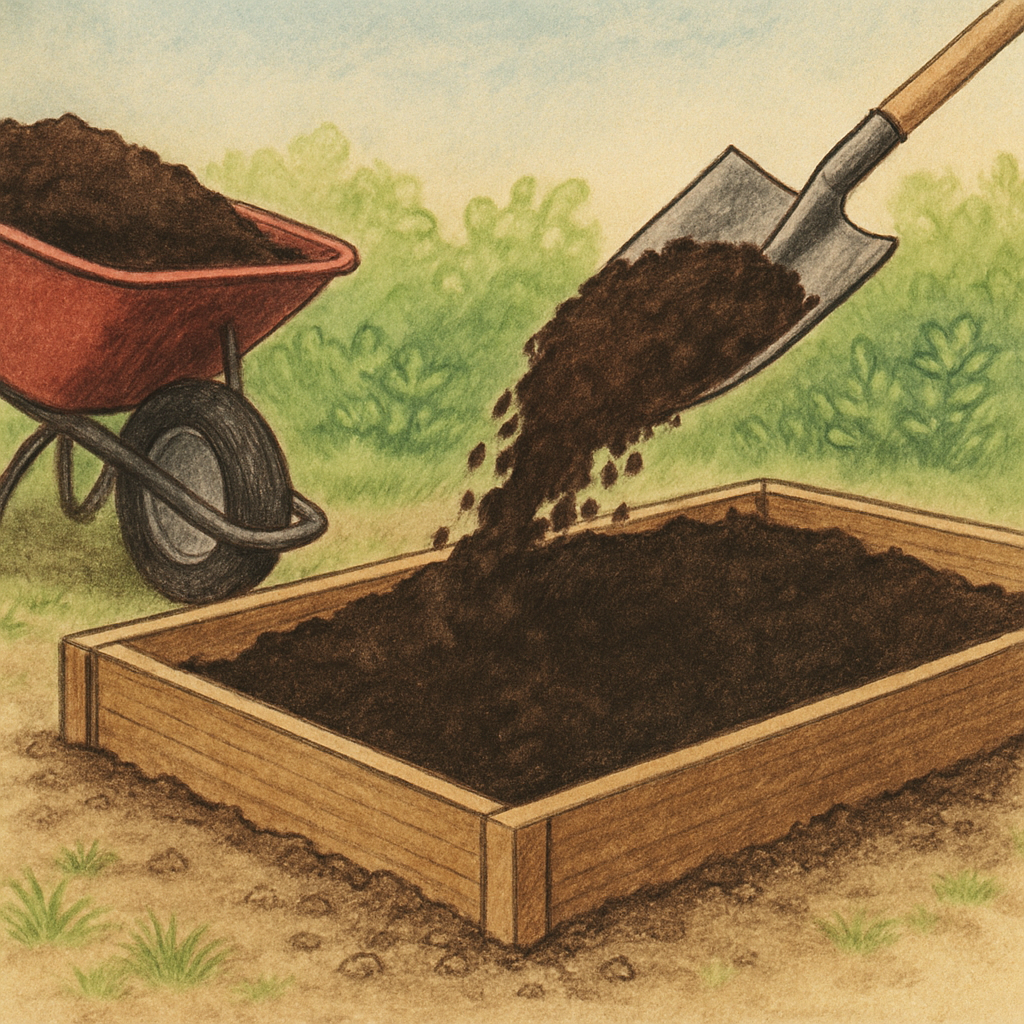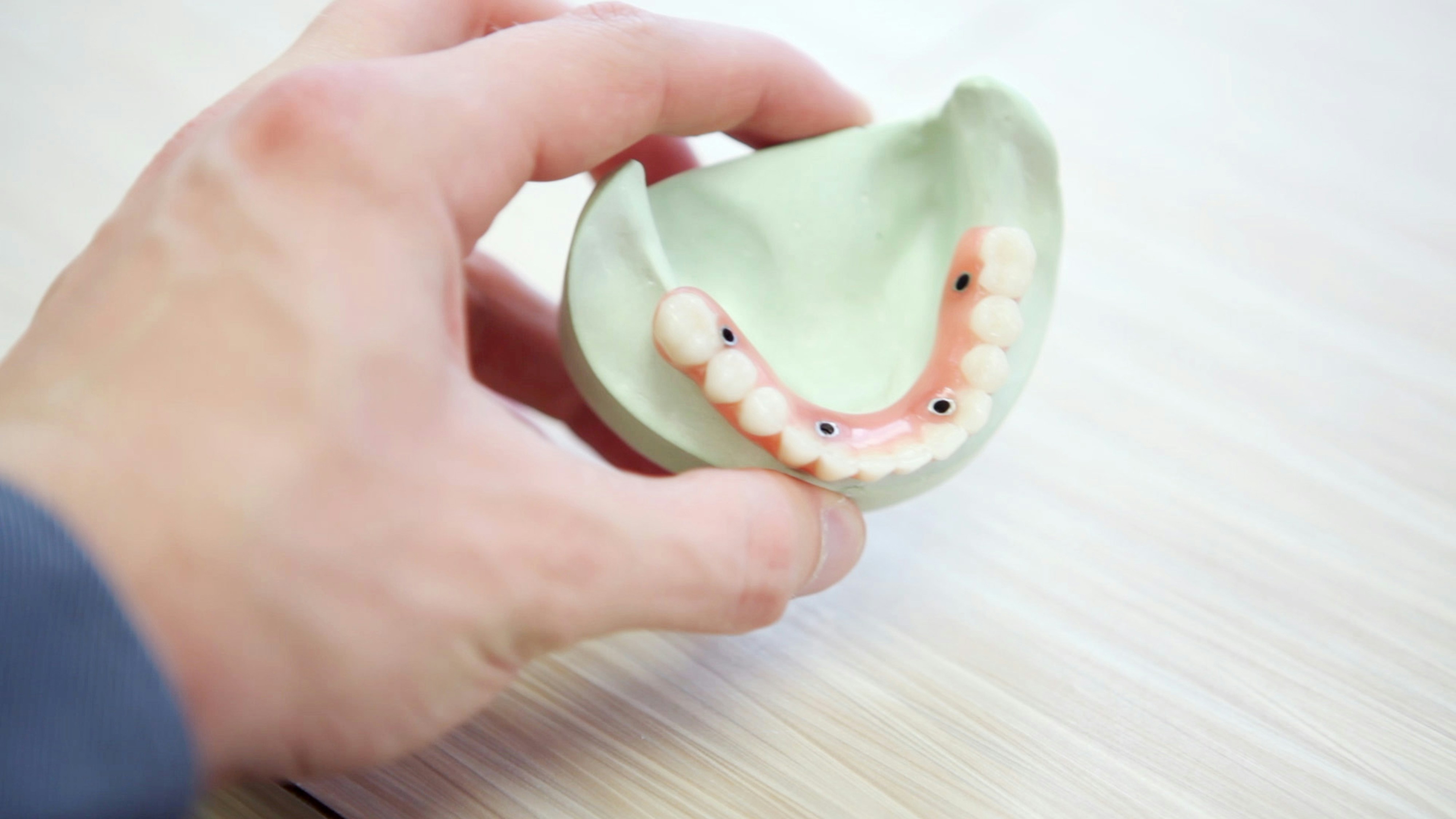Dance is a part of human civilization and has a very long cultural history.
Dance is an art form and is been performed to communicate in an entertaining way.
As per the evidence, dance is a component of communities that are existing few tens of thousands of years back.
Forward from that point to today, there have been lots of transformation to the dance forms. Few were changed, while few dance forms were combined, resulting to the present day’s popular dance genres.
Of those, here we’ve detailed about the top ten popular dance styles. (This order doesn’t indicate their popularity).
- Contemporary Dance
The origin of contemporary dance dates back to the mid-twentieth century. It includes the features of Ballet, modern, jazz, classical, and few other dance forms.
Contemporary dance has several subcategories, including Contemporary Ballet and Contemporary Jazz.
Professional dancers wear dance shoes while performing this dance form. Sometimes, they perform even without shoes.
Contemporary dance can be performed to a variety of musical styles and in non-traditional attire.
This dance has unpredictable and disorderly movements in pace and rhythm. But these movements aren’t as rigorous as ballet and modern.
Contemporary dance includes technical, and advanced styles. These styles emphasize on strong torso and legwork, contract and release, fall and recovery, and floor work.
- Ballet Dance
Ballet is rigorous, highly technical and most difficult to master, yet widely practiced genre. The subgenres of Ballet include classic, romantic, expressionist, neoclassical, and contemporary.
This dance is originated in Italy during the Renaissance era. Later, it got transformed to be publicly performed for classical music in France and Russia. Ballet dance is usually accompanied with Tutus and pointe shoes. It demands fluid movements with the performers in tights.
This dance style is choreographed to be performed for both the lavish costumes & elaborate staging; and bare staging & basic costuming.
This dance type is taught at a variety of ballet schools across the world. Ballet is studied professionally using six basic methods: the Cecchetti method, the Bournoville method, the Vaganova method, the French School, the Royal Academy of Dance method, and the Balanchine method.
- Ballroom Dance
Ballroom Dance has its roots in France around the end of sixteenth century. It is commonly used as a shorthand for any partner dance.
Standard/smooth and Latin/rhythm are the two main subgenres of this dance.
The waltz, tango, and foxtrot, as well as the pasodoble, bolero, and samba, fall under these subgenres.
Dancers need an excellent versatile dance floor as Ballroom dancing has numerous sub-categories.
There are contests all around the globe in ballroom dancing and so it is known as “dance sport” or “competitive dance.
- Hip-Hop Dance
Hip-hop dance, also known as “street dance” is primarily performed with moves close to the ground. It has its roots in New York and California in the early 1970s. Hip-hop dance was evolved from Funk and the creation of break beat.
Hip-hop is inspired by hip-hop music and culture and is been performed in public places, dance studios, and in competitions.
Breaking, Locking, and Popping are the three main styles of hip-hop dance. Hip-hop performers are free to improvise the dance. Thus, resulted in many exciting derivative styles.
With dancing gangs competing against one another, different styles of Hip-Hop dance were popularized and mainstreamed after being included in music videos.
- Tap Dance
The origin of tap dance dates back to mid eighteenth century. In tap dance, dancers use their feet as percussive instruments.
The shoes of the tap dancers are specially designed with metal “taps” on the heel and toe of each shoe. These are used to enhance the sound as the person’s shoes “tap” on the floor while they dance. In order to get the crisp and hollow sound, tap dancing require a specialized floor.
Tap dancing is frequently seen in musical theatre. It focuses on choreography forms, with several tap dancers performing at the same time.
Different styles of tap dancing include Flamenco, rhythm, classical, broadway, and postmodern tap dances. Of these, the most popular are –
- rhythm tap, which is music-oriented and
- broadway tap, which is movement-oriented.
- Modern Dance
Originated in the late 1900s, modern dance was considered to be a broad genre of dance. Its roots are from Western countries such as the United States and Germany.
Modern dance was first created from dissatisfaction with ballet. Classical dances like ballet, have constraints, rigorous rules and methods. These have often burdened the artists.
Most forms of dance are organized and have defined steps. Unlike them, the purpose of modern dance is to interpret the music and feeling to lead the movements. Dancers can communicate a meaningful story or emotions, by choosing significant music and by using unique gestures.
Enthusiasts are now able to practice ballet without having to keep much focus on their technique or turnout.
Because of this freedom and multidisciplinary nature, modern dance is now becoming popular all around the world.
- Jazz
Jazz dance has its roots in African customs from the seventeenth century.
Slaves then maintained their traditional dancing in Brazil, the USA and other parts of the continent. As a result, jazz dance was transported to the Americas through the Atlantic slave trade.
Jazz blends various dancing genres and accompanies cheerful tunes that are popular. The genres that inspired Jazz are Ballet, modern, tap, hip-hop, African dance, and others. Jazz is familiar for its spontaneous and dramatic body movements.
It gained popularity in early twentieth-century jazz clubs. The lively music, dramatic themes, and amazing choreography are a few reasons for the increasing popularity of jazz dance.
Jazz is the most popular dance style among dancers. It includes different kinds like Swing, Lindy Hop, Shimmy and the Charleston.
- Swing Dancing
Swing is a type of jazz dance that arose in reaction to the rising popularity of swing jazz. It was originated in the United States from the 1920s through the 1940s.
Throughout the jazz era dance also evolved alongside the growth of music. This resulted in the swing music that stimulates speedier, and more intense moves.
Swing dancers perform beautifully for the smooth, pleasant, and lively songs created by Big Band musicians.
The Lindy Charleston, Jitterbug, Lindy Hop, and Balboa are among the present day’s popular styles of swing dance.
- Irish Dancing
Irish dance has its origin in Ireland. It is a progressive style of dance and categorized as: performance and social dances.
Irish dancing is well-known for its fantastic exhibition of footwork and dance forms. It became popular by performances like Riverdance.
Performers wear very detailed dance costumes and accompanied by singing and music.
Solo Irish dances, like stepdance, besides group performances are done during festivals and in competitions.
- Folk Dance
People of many countries and religions enjoy Folk dancing.
Folk dances are frequently performed at public occasions. And, anybody may join, whether they are a professional or a total beginner.
Bharatanatyam (India), Samba (Brazil) and Hula (Hawaii) are examples of well-known folk dances.
Utilizing diverse types of folk dance, performers convey emotions, stories, historical events, and even everyday activities.



